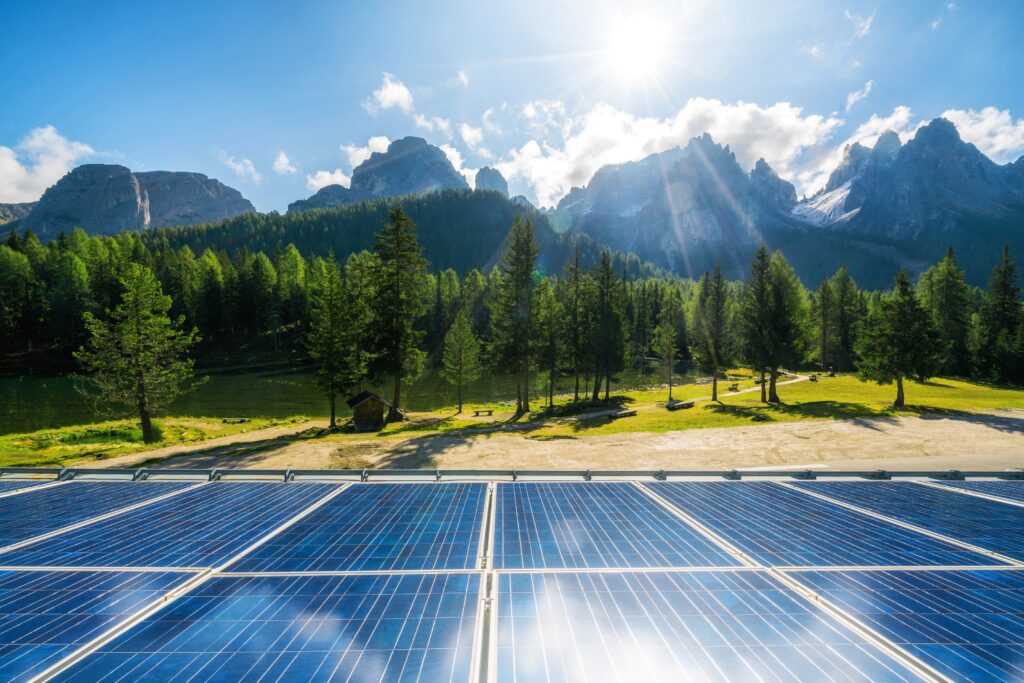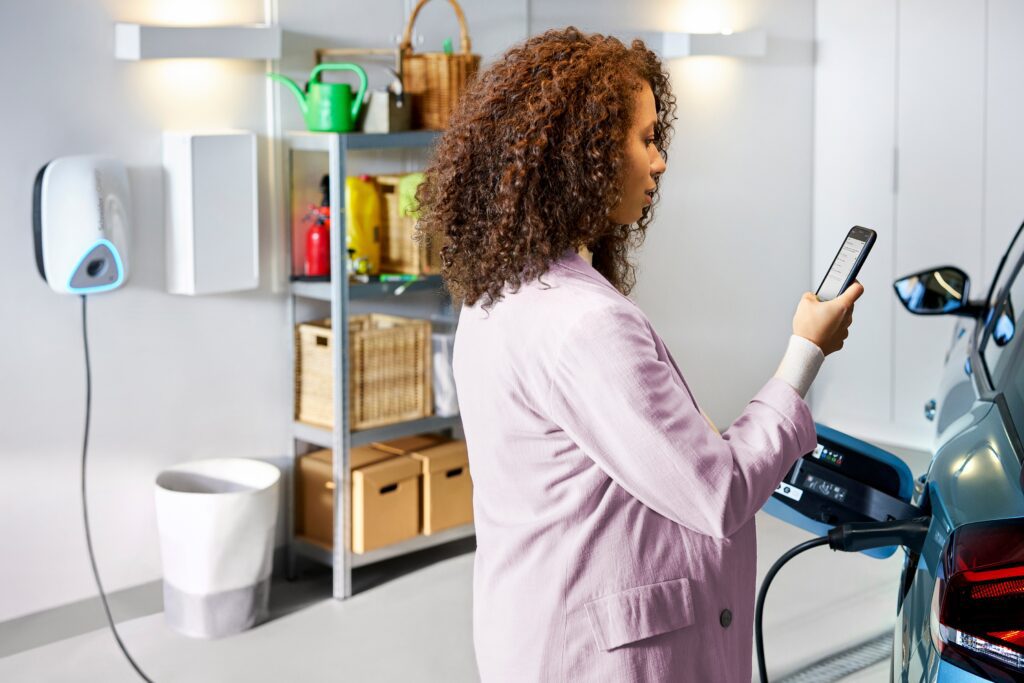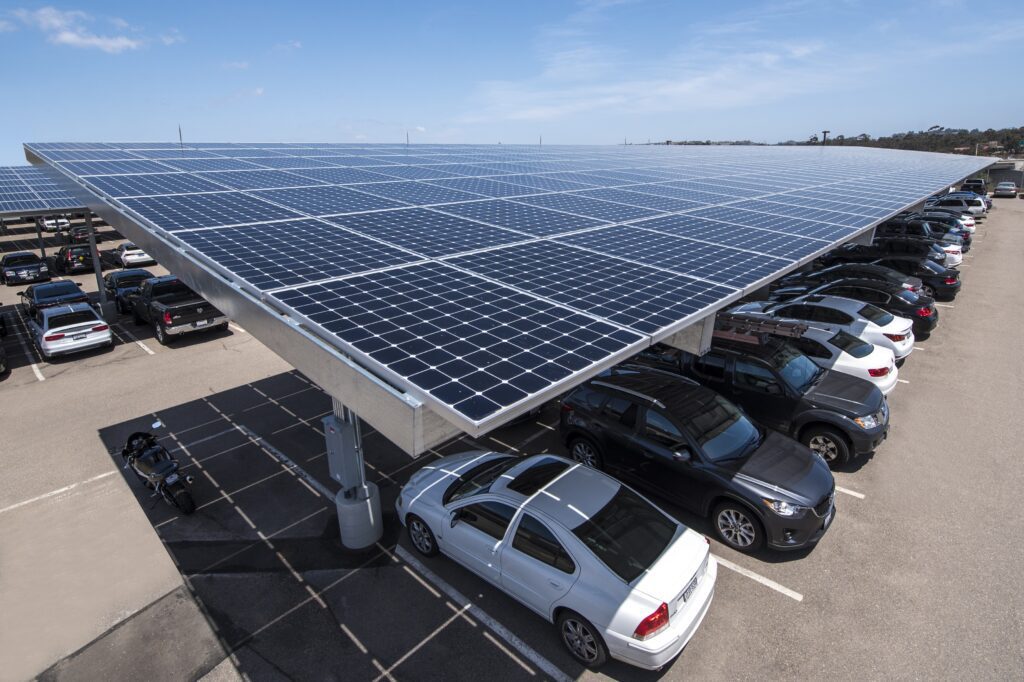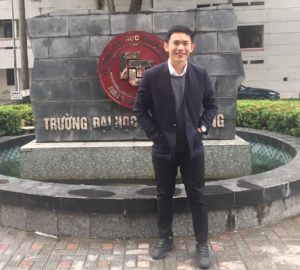In Finland, a state-of-the-art distribution center provides a striking example of how artificial intelligence (AI) can combine with distributed power generation. It showcase how to optimize ‘prosumption’, so the on-site production and consumption of energy by ‘prosumers’.
Powered entirely by renewable energy, the building’s microgrid incorporates a 1,600-panel solar plant and a huge battery storage system. Excess energy recovered from the center’s refrigeration facilities helps to heat the water of 500 local homes. Its battery system balances consumption spikes and the larger community have greener, more cost-effective energy access.

Growing role of prosumers in the new energy landscape
Crucially, all this is coordinated through a sophisticated software system. It leverages real-time data analysis and predictive machine learning algorithms to assist site managers in digitally optimizing facility operations. In this sense, the warehouse exemplifies AI’s ability to maximize the efficiency with which prosumers create and use energy.
Growing numbers of businesses and households turn to low-cost advancements in distributed energy technologies. The search solutions from rooftop solar panels to small wind turbines. They goal is to reduce emissions, energy spend, and gain a degree of energy independence. In that way the importance of AI for prosumers is only set to increase.
Businesses need support making large-scale decisions regarding cost efficiencies—especially as some organizations face closure amid spiraling energy prices. What if they had the technology to predict peak energy prices and rely on their own energy production? Could they pause usage and resume at a cheaper time?
Leveraging AI to optimize energy consumption for prosumers
The answer is yes. If the prosumers know when those peak price times will happen, and if they can forecast their energy needs, then they can make adjustments to keep the business afloat using just the energy available outside those times. Gaining this knowledge requires a solid data foundation, with AI turning data into deep insights, predictions and trends. With AI’s support, prosumers worldwide can take one step closer to not only solving their own energy cost crises, but climate change itself. The accumulation of many “small” impacts for each prosumer can have a drastic impact on the well-known “energy peak” at the region or country level.
By leveraging up-to-the-minute energy price analysis, AI already supports prosumers in optimizing their usage decisions. It can accurately forecast future energy needs and proffer informed recommendations on cost-saving measures like prioritizing off-peak consumption.

Unlocking AI-powered supply-side efficiency for prosumers
AI can help prosumers no only optimize their energy use, but also maximize the efficiency of their production and supply.
One of the great strengths of modern prosumption is that it’s focused on the production of electricity from renewable sources. This is fundamental to ending our dependence on fossil fuels.
Indeed, electricity is unique in that its cost and environmental friendliness go hand-in-hand. When electricity is cheap, it’s typically emanating from renewable sources. By that same token, during expensive peak times, it’s often carbon heavy.
At a microgrid level, AI already enables prosumers to optimize the moments at which they buy, sell or store the energy they’ve produced, thus prioritizing cheaper, more planet-friendly tariffs.
And as technology evolves, AI will empower us to gather and investigate increasingly vast quantities of previously inaccessible and unstructured data. Prosumers—be they households, residential communities, companies, or other entities—need the ability to leverage these insights to their advantage.

Infusing AI into the heart of a building
Take buildings, which are the source of some 37% of global carbon emissions. Technologies like smart meters already provide clear visibility into energy consumption and waste in the built environment.
But, moving forward, instead of simply collecting data on energy efficiency, prosumers need to adopt a proactive mindset and ask: “how can I make this data work for me?” Again, AI provides a solution.
In our North American R&D hub in Boston, for example, the facility’s advanced microgrid includes 1,379 solar modules, alongside photovoltaic inverters for on-site power generation.
And by leveraging cloud-based analytics from our EcoStruxure Microgrid Advisor, the facility also harnesses weather forecasts and other operational information to optimize energy performance across onsite solar, energy storage, and electric vehicle charging assets.
Consequently, the hub generates over 520,000 kilowatt-hours (kWh) of electricity per year. That’s the equivalent of removing annual greenhouse gas emissions from more than 2,400 passenger vehicles.
All this is to show that AI will be fundamental to ensuring that prosumers get the most out of the power they generate, consume, store, or sell back to the grid.
No other technology enables us to make impactful, data-driven decisions on efficient energy use in real-time. Given the increasingly urgent planetary crisis we face, it’s time we embrace its full potential.
Discover how we do AI on se.com/ai !




